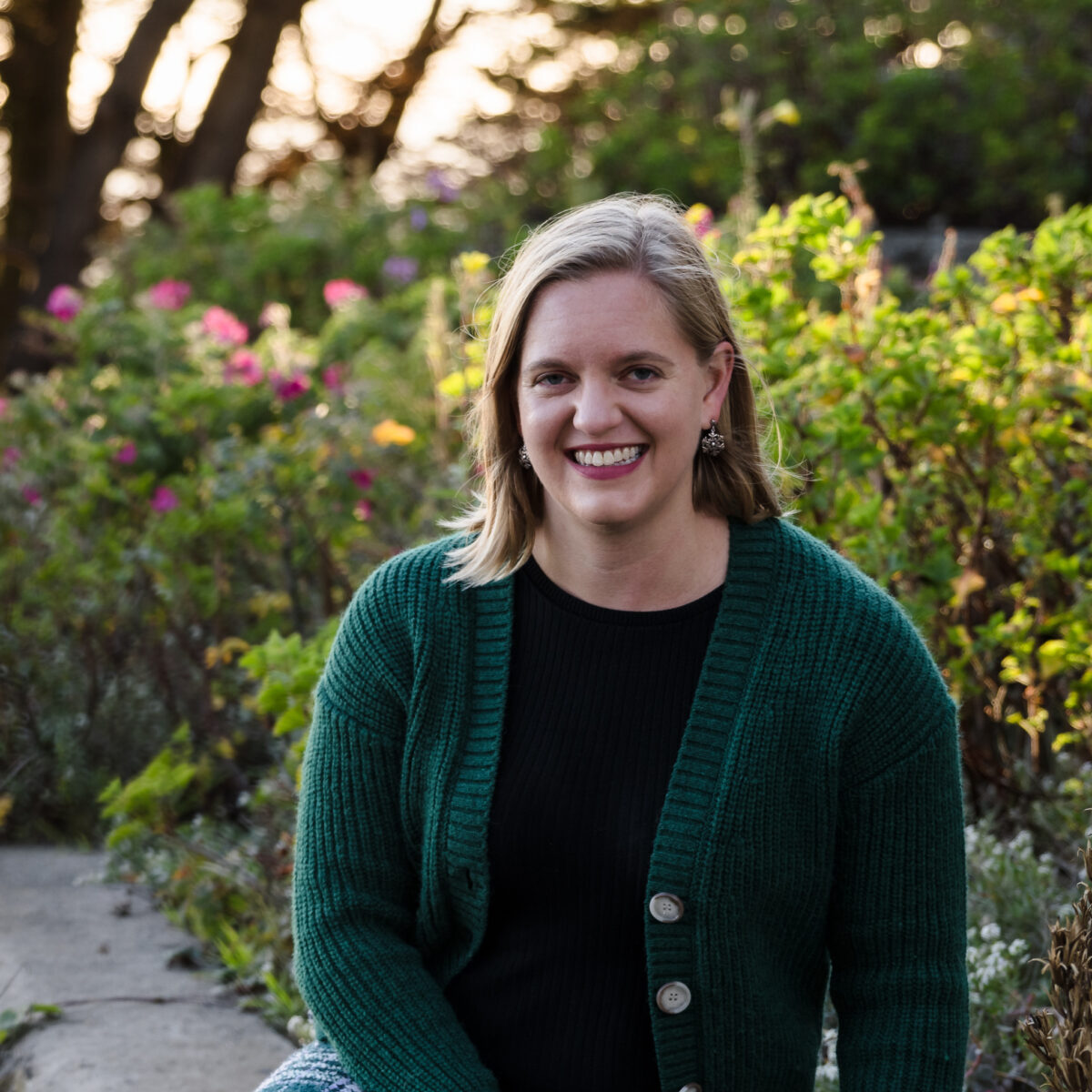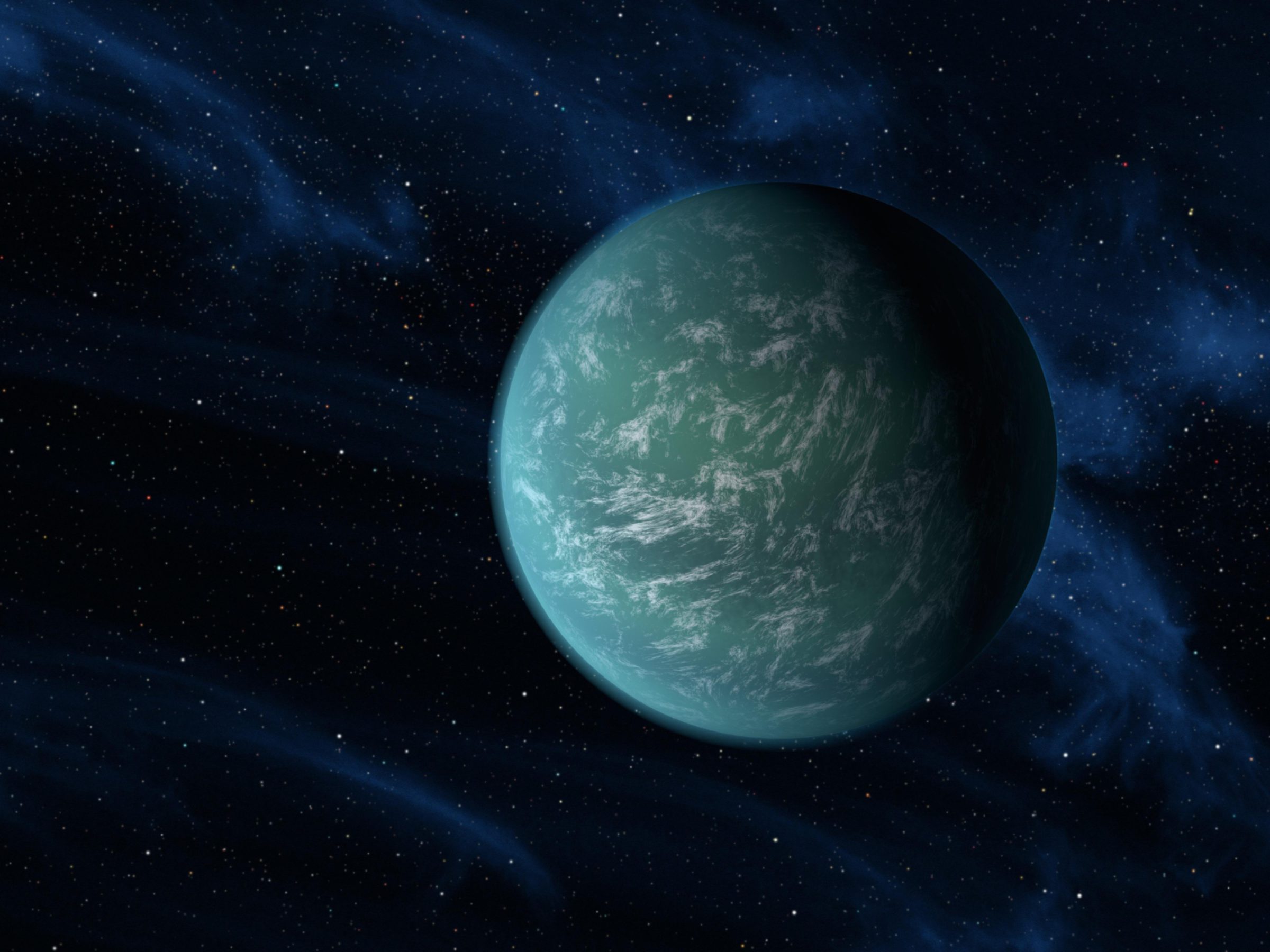Planetary Radio • Jan 20, 2015
A Recipe for a Small Planet
On This Episode

Courtney Dressing
Associate Professor in the Department of Astronomy at the University of California, Berkeley
Astronomer and planetary scientist Courtney Dressing is the lead author of research that may have found the formula for the mass and composition of Earth-like planets. She reveals the ingredients and why she spent time at JPL while in high school. It was exactly 10 years ago that Emily Lakdawalla began her blogging career at the landing of the Huygens probe on Titan. Bill Nye says Europeans will visit the Chinese space station, and India is preparing a capsule that will send astronauts into space. Did a Chinese astronomer beat Galileo by almost 2,000 years? That just one piece of this week’s What’s Up segment with Bruce Betts and Mat Kaplan.

Related Links:
- The Mass of Kepler-93b and The Composition of Terrestrial Planets
- Courtney Dressing
- Ten Years After the Huygens Landing (with link to descent video)
- ESA Takes Steps to Send Astronaut to Chinese Space Station
This week's prize is a stylish Planetary Radio t-shirt!
This week's question:
Of the five currently IAU-recognized dwarf planets, which has the longest orbital period or year, and how long is that year?
To submit your answer:
Complete the contest entry form at http://planetary.org/radiocontest or write to us at [email protected] no later than Tuesday, January 27, 2015 at 8am Pacific Time. Be sure to include your name and mailing address.
Last week's question:
To the nearest half-hour, how long did it take the Huygens probe to descend from the top of Titan’s atmosphere to the surface?
Answer:
The answer will be revealed next week.
Question from the week before:
Besides Galileo (the man, not the spacecraft) who was the first person to discover a moon circling another planet? (Not Earth’s moon, but you might earn extra points if you tell us who discovered that moon, too. Also, a Nobel prize.)
Answer:
Christiaan Huygens found Saturn’s moon Titan in 1645.


 Explore Worlds
Explore Worlds Find Life
Find Life Defend Earth
Defend Earth

